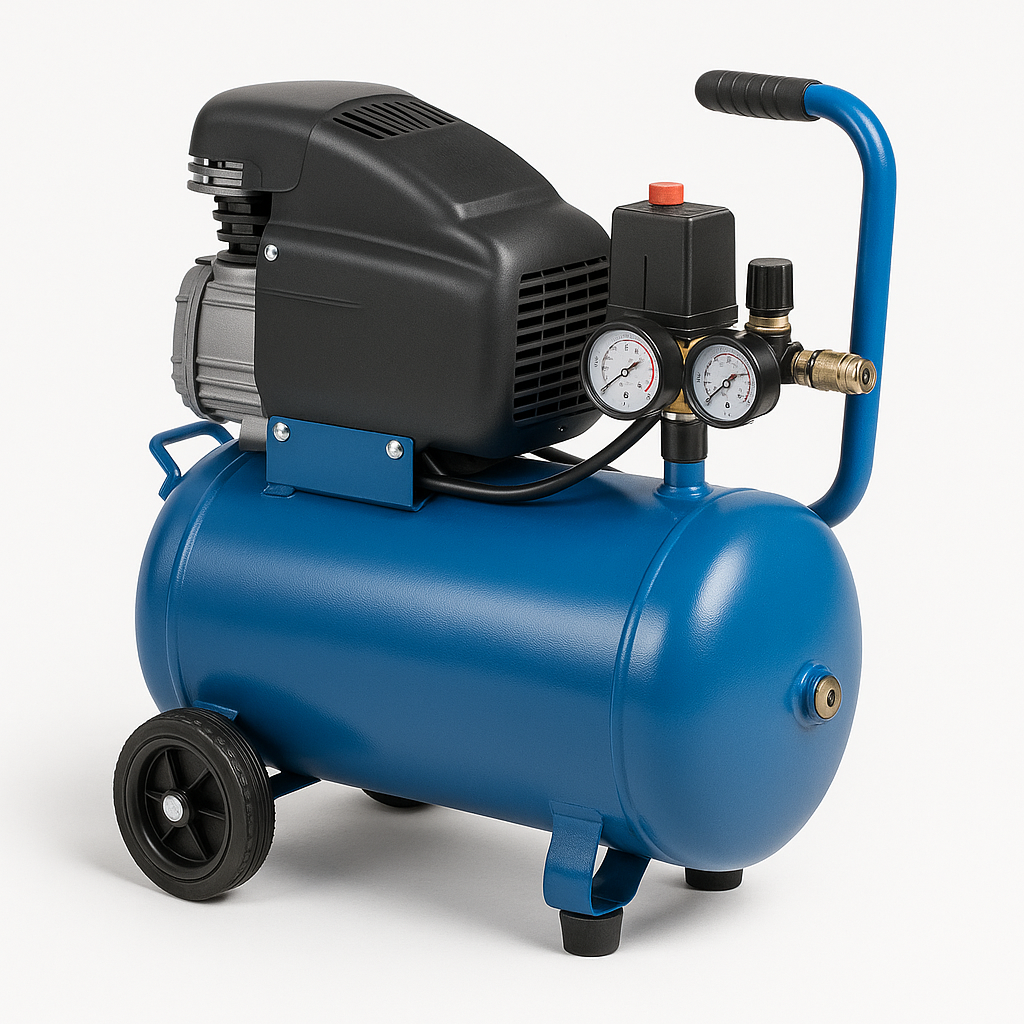Understanding the Long-Neck Sander Test: An Overview for Professionals
The long-neck sander test is a crucial evaluation in numerous construction and painting jobs, mostly focusing on achieving smooth surfaces on large surfaces. This blog post intends to inform professionals about the specifics of the long-neck sander test, its importance, approach, and how it improves work quality in numerous trades. Exzenterschleifer Kaufen 'll cover everything from common FAQs to particular information in tabular type, ensuring a comprehensive understanding.
What is a Long-Neck Sander?
A long-neck sander, also called a prolonged reach sander, is a tool developed for sanding big surface areas-- especially ceilings or tall walls-- that would otherwise be tough to reach with standard sanders. Winkelschleifer Test consists of a long deal with linked to a sanding head, allowing users to attain a smooth surface without the requirement for scaffolding or ladders.
| Type of Long-Neck Sanders | Description | Best Use Case |
|---|---|---|
| Pneumatic Sanders | Air-powered, lightweight | Industrial and automotive applications |
| Electric Sanders | Corded or cordless | Residential paint and drywall completing |
| Handbook Sanders | Hand-held however extended | Touch-ups and information work |
Significance of the Long-Neck Sander Test
The long-neck sander test serves multiple functions, consisting of:
- Surface Quality Assurance: Ensuring that a surface is uniform and without imperfections may avoid issues in subsequent work stages, such as painting or sealing.
- Functional Efficiency: By evaluating the effectiveness of a long-neck sander, specialists can recognize the best technique and techniques that will conserve time and resources.
- Security Assurance: Reducing the need for scaffolding or extensive ladder work decreases fall dangers, hence promoting a much safer work environment.
Methodology of the Long-Neck Sander Test
Performing a long-neck sander test includes several steps that guarantee both quality and efficiency.
Preparation:
- Obtain the essential tools: long-neck sander, sandpaper of different grits, dust mask, security goggles.
- Guarantee the workspace is clear of debris.
Test Surface Selection:
- Choose a section of the product you plan to sand. This could be drywall, wood, or other surface areas.
Sanding Technique Assessment:
- Evaluate the different sanding techniques such as orbital, linear, and cross-sanding.
- Test various grits to determine ideal outcomes for the material.
Observation and Measurement:
- Visually check for scratches, unevenness, or any indications of imperfection.
- Use sanders with specs that enable measurement for precise results.
Documentation:
- Record findings, consisting of surface condition before and after sanding.
- Keep in mind any problems encountered and potential resolutions.
Typical Issues and Solutions
Throughout the long-neck sander screening procedure, various concerns can develop. Here's a table summing up the common problems and their solutions:
| Issue | Potential Cause | Service |
|---|---|---|
| Unequal surface after sanding | Incorrect sanding method | Change method, attempt different angles |
| Excessive dust accumulation | Poor vacuum accessory | Guarantee proper vacuum connection |
| Gouged surface area | Too coarse sandpaper | Start with finer grit sandpaper |
| Machine getting too hot | Extended use or inappropriate maintenance | Enable a cooling period and examine motor functionality |
FAQs About the Long-Neck Sander Test
1. What types of surface areas can a long-neck sander be utilized on?
Long-neck sanders are perfect for drywall, plaster, wood, and some concrete surface areas. Bandschleifer Kaufen might need particular sanding pads or methods.
2. How do I know which grit sandpaper to utilize?
Picking the best grit involves starting with a coarser grit for heavy material elimination, then moving towards finer grits for raveling the surface area.
3. Is a long-neck sander necessary for little jobs?
While valuable for large areas, for small jobs or information, a manual sander may be sufficient. However, utilizing a long-neck sander typically offers a more uniform finish.
4. Are there any safety issues associated with using a long-neck sander?
Yes, it is essential to wear security goggles and a dust mask to avoid breathing in dust and avoid eye inflammation. In addition, guarantee appropriate body posture to prevent strain.
5. How regularly should the sandpaper be changed?
The frequency of sandpaper replacement varies depending upon the product being worked on and the depth of sanding. Generally, once the sandpaper appears clogged up or inadequate, it must be altered.
The long-neck sander test is an important procedure in lots of building and construction and completing applications, guaranteeing high standards of quality and safety. By comprehending the different approaches, potential problems, and FAQs surrounding this tool, experts in the field can boost their workflow and provide extraordinary outcomes consistently.
Investing time in mastering long-neck sander strategies will not only improve surface finishes however also add to a more efficient and safer work environment. Whether working on large-scale industrial projects or smaller sized domestic ones, the tools and knowledge stemmed from the long-neck sander test are important assets.

